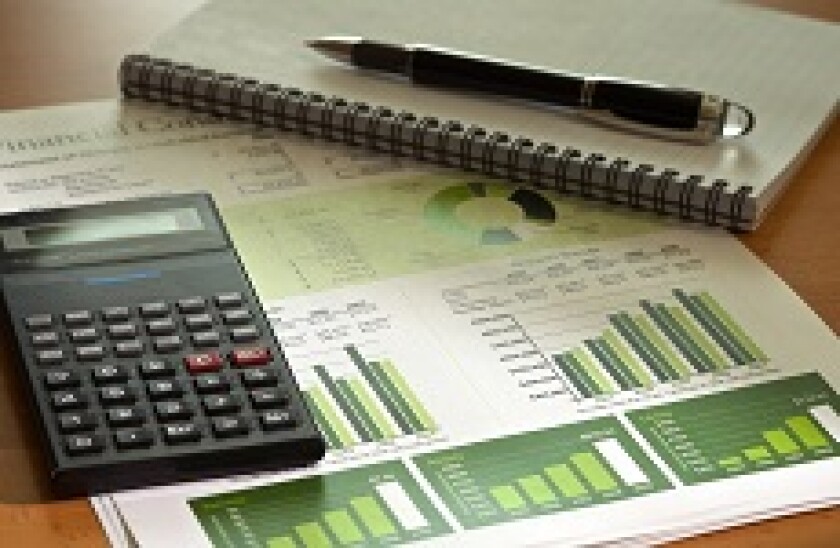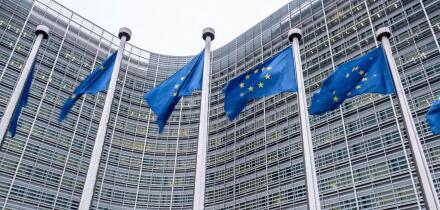In the international capital market, this leadership dates back to 2007, with the inaugural Climate Awareness Bond, the world’s first green bond. “This initiative kick-started the global market for green and, more recently, social and sustainability bonds, which has had cumulative issuance of more than $1tr,” says Aldo Romani, head of sustainability funding at the EIB. Although this type of issuance has meanwhile been embraced by sovereign, supranational, financial and corporate borrowers in all corners of the world, the EIB has remained a leader, issuing around €29bn in 13 currencies to date.
While CABs, which have a focus on climate change mitigation, have been the EIB’s flagship product over the last 13 years, they have since September 2018 been complemented by Sustainability Awareness Bonds. “The idea of SABs is that they address complementary environmental objectives such as natural resource conservation and pollution control, as well as a range of social objectives that are all an important part of the broader sustainability agenda,” says Dominika Rosolowska, sustainability funding officer at the EIB.
Towards a shared taxonomy
The need for a universal language as well as clear and credible guidelines for the definition of what is green was emphasised in the G20 Green Finance Synthesis Report in 2016. This warned that “in many countries, the lack of clarity as to what constitutes green finance activities and products (such as green loans and green bonds) can be an obstacle for investors, companies and banks seeking to identify opportunities for green investment.”
The process took a big step forward in 2017 when the EIB and China’s Green Finance Committee co-published a ground-breaking white paper mapping and comparing China’s Green Bond Endorsed Project Catalogue and MDB-IDFC’s Common Principles for Climate Mitigation Finance Tracking.

The European Commission has since taken the lead towards passing into law an EU taxonomy of sustainable economic activities with a view to establishing a framework to facilitate sustainable investment. An unprecedented number of constituencies and experts, including the EIB, has been involved in the process of coalescing the required consensus on core sustainability objectives and technical screening criteria. Agreed in December between the Council of EU Member States and the European Parliament, upcoming legislation paves the way for the formal adoption of a directory of official definitions to be observed by green issuers and investors alike across all EU-jurisdictions.
“The EC-approach recognises that an essential prerequisite for efficiency in capital markets is the promotion of fair competition based on a definition of core aspects of sustainability which everybody can agree on,” says Romani. “This, together with the fact that financial products are qualified by the sustainability of the activities they finance, will create much closer links between finance and the real economy by removing uncertainties about the credibility of language used in the capital market.”
Documenting the future
“We have been ambassadors for the EU initiative by inaugurating this documentation via new issues in eight different currencies since September 2018,” adds Rosolowska.
The main change is the replacement of references to individual sectors with the reference to the EU sustainability objectives in the use of proceeds. “For historical reasons, CABs were originally focused on renewable energy and energy efficiency, the two principal areas of the Energy Action Plan of 2007,” Romani explains. “Use of proceeds for CABs may now be extended to new sectors and, for SABs, to new objectives in line with evolving EU legislation.”
An important feature of the EU approach is the principle of ‘no significant harm’, which aims to ensure that projects supporting sustainability in one area — such as climate change mitigation — do not cause disruption in another. This principle is also at the heart of the ‘just transition’ movement, designed to safeguard jobs and social well-being in communities that have traditionally depended heavily on environmentally damaging activities such as coal mining.

“In 2018, a core recommendation of the EU’s High Level Expert Group on Sustainable Finance was that the definition of sustainability should be extended to encompass not only environmental but also social objectives,” says Rosolowska. “This has been retained in the upcoming taxonomy regulation even though the initial focus of the classification efforts is on climate change, for completion by end 2020, and other environmental objectives, for completion by end 2021.”
For the EIB, supporting just transition is especially pressing given the ground-breaking decision it made in November 2019 to phase out lending to unabated fossil fuel power projects by 2021. Becoming the first multilateral lender to adopt this stance inevitably sparked concern in some regions of the EU about its socioeconomic impact.
“It is important to highlight that EIB’s mission is not limited to green and environmental action,” says Romani. “The decision of the board of directors in November was clear in emphasising the Bank’s commitment to providing support for the transition of countries and constituencies most affected by the new policy on fossil fuels.”
An open-ended commitment
“The key characteristic of our approach to use of proceeds is that it is openended, with the allocations to be gradually extended to a more comprehensive range of areas,” specifies Rosolowska. “Where the EU taxonomy is not yet available, the Bank will rely on the advice of its project experts to define which activities qualify for allocation and labelling.” EIB has already made progress on formalising environmental and social objectives as well as technical screening criteria for water, education and health projects. These objectives and criteria are in line with the architecture of the EU taxonomy.
There are also signs that green issuers and borrowers are starting to benefit from a pricing perspective from their efforts. “At this stage, evidence is circumstantial because global issuance volumes remain modest,” says Romani. “But several studies have found that secondary prices of green bonds are higher than comparable conventional bonds and that volatility is lower. So there are already market-based reasons as to why green bonds and green loans may structurally outperform over time.”
If this is to come to fruition, an important factor will be external verification, he continues. “In order to be compliant with EU green bond standard it is important that issuers’ frameworks and reports are verified externally. Ultimately the market should be allowed to reliably monitor the expected impact of allocations,” he says. “In this respect, EIB’s practice is already well advanced. This is because as well as having a framework that reports annual figures on disbursements and expected impact of eligible projects, we also ensure that these figures are verified by an external supervised auditor, with reasonable assurance. This is already in place for our CABs and will be extended in 2020 to our SABs.
“EIB’s funding and lending practice is a bellwether for sustainable funding and lending. By acting as an interface between the dimensions of policy-making, project evaluation and technical assessment, we are helping the capital market to act as an important motor of change in the development of sustainable finance.”







